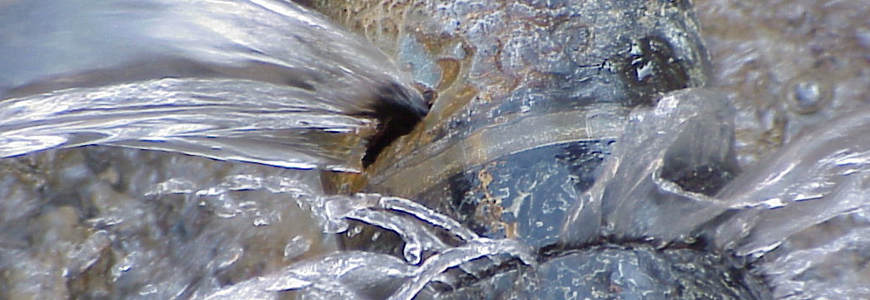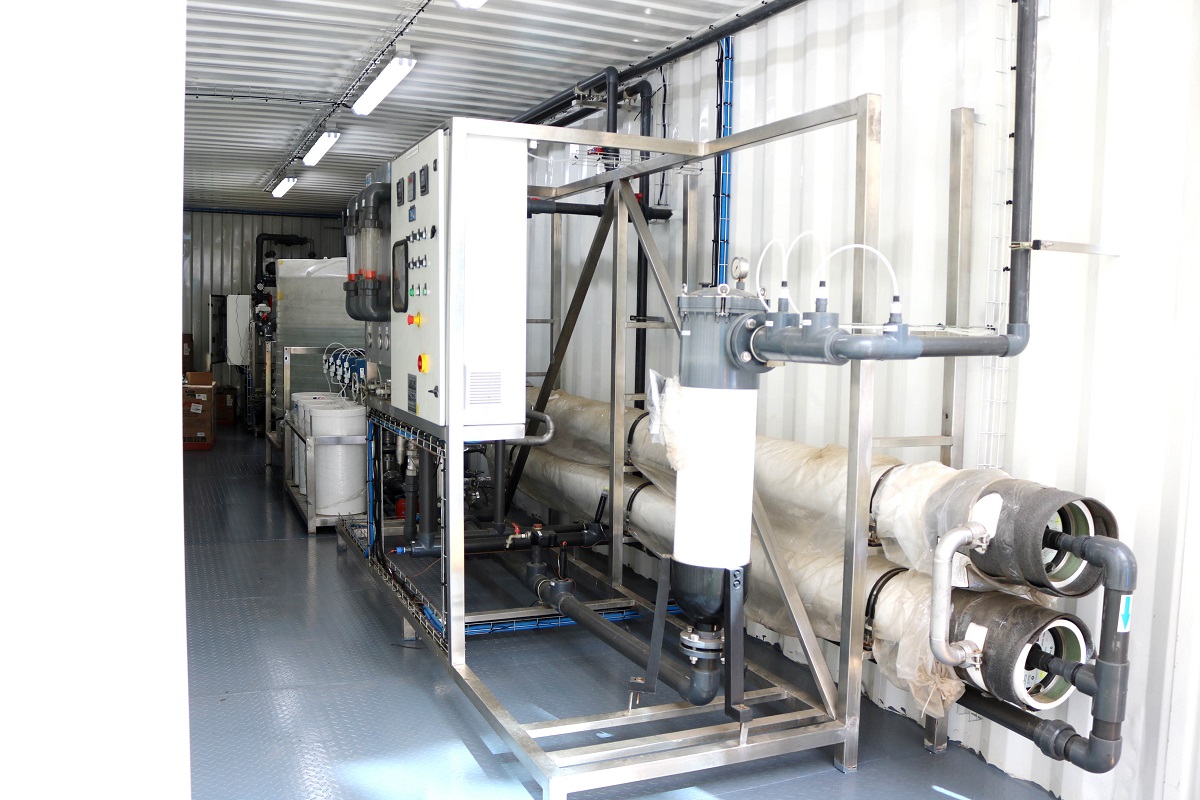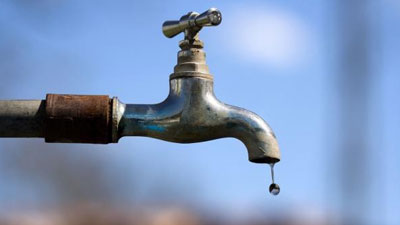Davis & Shirtliff has attributed low water distribution efficiency in the country to a lack of best practice application and good operating practices that ultimately affect how fast leakages can be detected and rectified.
A report by the Japan International Cooperation Agency (JICA) in 2018 estimated that Kenya loses up to 430,000 cubic metres (430 million litres) of water through leaks, burst pipes, theft or meter abuse every year. This the report indicates, translates to losses of clean water worth Ksh 12.2 billion.
To curb these revenue losses, the firm is calling on legislation on the use of technology in water distribution systems as well as the enforcement of proper operation management guidelines in the country.
“Incorporating technology with proper management practices in water distribution will increase the proportions of new leaks reported as well as the level of undetectable small leakages. This therefore offers an opportunity to have the identified leaks fixed and ultimately prevent further revenue loss through non-revenue water,” Davis & Shirtliff Chief Executive Officer, David Gatende said.
Technology, he added, will increase the speed at which the locations of leaks are identified and help in the collection of data for analysis.
Davis & Shirtliff also attributed the high losses incurred in relation to non-revenue water to insufficient training on the part of those working in water utility companies as well as a lack in emphasis on preventive maintenance.
“Non-Revenue Water (NRW) refers to water that is pumped and then lost or unaccounted for during transit usually as a result of leakages, overflows and theft. Water utilities suffer from the huge financial costs of treating and pumping water only to see it leak back into the ground and the lost revenues from water that could have otherwise been sold go to waste. Effectively mitigating the occurrence of leaks during the transportation of water to both residential and commercial spaces is critical in ensuring that the supply of water in the country meets its demand,” Mr Gatende pointed out.
Mr Gatende continued to say implementing pressure management methods can help curb the effects of non-revenue water on water distribution systems. He consequently fronted the adoption of Demand Driven Distribution (DDD).
“Inefficient management of distribution system pressures causes substantial avoidable leakage and burst pipes. Every time a tap is opened the pressure in the entire distribution system drops a little. During night times when water is not used a lot, the pressure in the systems is very high and in time this leads to water loss as pipes under pressure crack and leak,” Mr Gatende explained. He went ahead to add that:
“Demand Driven Distribution will however regulate the systems such that water pressure is only high during specific times of the day when consumers are in need of the commodity. When the demand for water is minimal, the system will regulate the pressure in the distribution system to deter the occurrence of leaks.”
In addition to the immediate benefits of reduced leakages and energy use, DDD systems also help with long term savings by dramatically lowering the risk of “water hammer,” one of the primary causes of pipework weaknesses.
Read: Kenyan MP returns to India to repay 30-year-old Sh300 debt
Other pressure management systems that can help mitigate the effects of NRW according to the D&S Chief Executive include leak detection, differential pressure loss and differential water loss systems.












Leave a comment